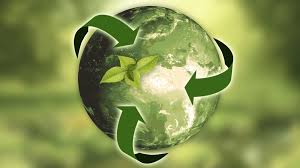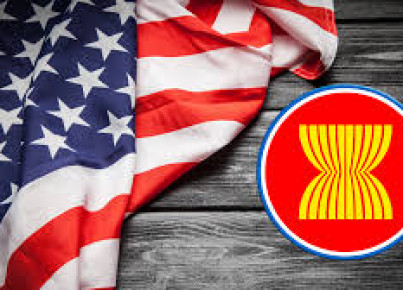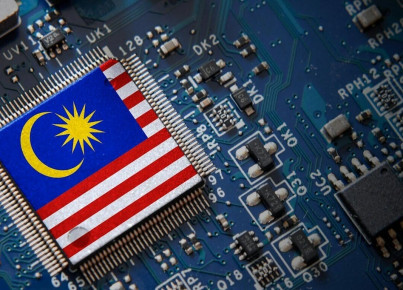Circular economy projects multiply in Southeast Asian countries
By Tommaso Magrini
As Southeast Asia's growing population generates more and more waste, the use of waste as an energy source is making headway, with Japanese companies and their incineration know-how leading the way. A waste incineration plant in Singapore's southwestern district, Tuas, is already able to process about 35 percent of the garbage generated daily by the city-state. About 500 to 600 garbage trucks transport waste 24 hours a day to the plant, whose power generation capacity reaches 120 megawatts. In 2022, Mitsubishi Heavy Industries announced that it had purchased all the shares of TuasOne, operator of the waste-to-energy plant. In 2022, Mitsubishi Heavy Industries announced that it had purchased all the shares of TuasOne, operator of the waste-to-energy plant. TuasOne was a joint venture between Hyflux, a major Singaporean water treatment company that has since collapsed, and Mitsubishi Heavy, which transformed TuasOne into a wholly owned company. Mitsubishi Heavy has designed and built four waste-to-energy plants in Singapore and claims to have the most extensive track record in the industry in Southeast Asia. A consortium led by Singapore's government-affiliated conglomerate Keppel has also received orders to design and build waste-to-energy plants in the country, which can also generate electricity using the heat produced during incineration. Indian research firm Mordor Intelligence predicts that the waste-to-energy market in Southeast Asia will grow from $3.3 billion in 2023 to $6.1 billion in 2028, an increase of about 80%. Plans to establish at least six such plants in Malaysia have been initiated between 2020 and 2021, and all are expected to be completed by 2025. In Thailand, construction of a plant began in 2020 to incinerate about 144,000 tons of waste per year and generate 6 megawatts of energy.






